Brief introduction of Coffee from Ethiopia
Lim G2 Ethiopia is home to Arabica coffee, and it is in the forests of the Kaffa region that you can see Arabica coffee growing wild. In Ethiopian, coffee is called "Bun" or "Buna," and coffee beans may be translated from "Kaffa Bun." Arabica coffee has long been found in the Harar region, probably from the Kafa forest.
Ethiopian coffee is processed by sun and water washing. The flavor of coffee processed by different processing methods varies greatly. Generally speaking, the mellow and earthy taste of washed Sidamo, Yirgacheffe and Limmu coffee is slightly lower, and the coffee processed by sun has a wilder taste. However, the taste of each batch of Ethiopian coffee may be different, which requires more cup tests to find the real good coffee.
About the grade of Ethiopian coffee: the highest grade of Ethiopian washed coffee Yirgacheffe and Sidamo may be Grade 2 or Grade 3 ( G2 or G3), and the coffee processed in the east of Ethiopia is mostly Grade 4 or Grade 5 (G4, G5). In many cases, fourth-grade coffee is labeled as five-grade in order to reduce taxes. The classification is now less uniform and somewhat chaotic, because there are also Grand G2 and Grand G2, but Harar is the highest grade (G4)(information: sweetmaria).
Ethiopia's coffee producing regions are Sidamo, Harrar and Yirgacheffe. Sidamo and Harrar are provinces and divisions. Sidamo is located in the south of Ethiopia adjacent to Kenya. Harrar borders Somalia in the east of Ethiopia. Although Yirgacheffe is a small area in Sidamo region, due to soil composition and water content, its coffee production is considered to be the best in Ethiopia.
In the West, Ethiopian coffee is marketed as Yirgacheffee, Sidamo and Harrar. In the fine coffee field, there are five other small places for coffee, namely Limmu, Djimmah, Lekempti, Bebeka and Wolega. The most common coffee is Either Sidamo or Harrar coffee.
Harrar Coffee is produced in the eastern highlands of Ethiopia. It is medium size, greenish yellow, medium acidity, full bodied and has typical mocha flavor. It is one of the most famous coffees in the world. Wollega (Nekempte) coffee is produced in western Ethiopia. It is medium to large in bean shape and is famous for its rich fruit flavor. Green, brown color, acidity and body are good. It can be made into a combination or a single item. Limu Coffee is famous for its spicy and Winnie flavor and is popular in Europe and America. Acidity, good body, washed Lim coffee is also a fine coffee darling. Bean-shaped medium, green-blue, mostly round. Sidama Coffee is medium in bean shape, green and gray. Sidama washed coffee is characterized by balanced taste and flavor. It is known as sweet coffee. It has fine acidity and good body. It is produced in southern Ethiopia and can be combined with fine products. Yirgacheffe Coffee has a strong floral flavor, washed Yirgacheffe is one of the best high-quality coffee in the world, soft acidity, rich body. Tepi and Bebeka coffee, low in acidity but high in body, are indispensable members of the coffee blend (information: ethiopian).
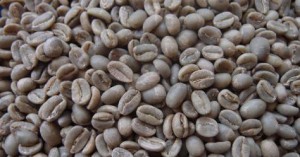
Harald G4
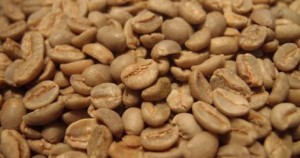
Sidamo G2
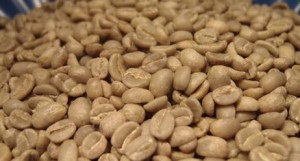
Lim G2
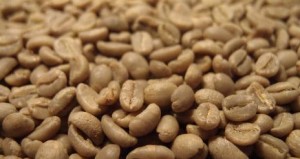
Gemma G5
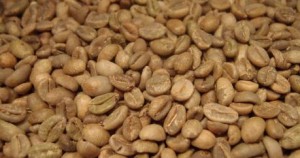
Important Notice :
前街咖啡 FrontStreet Coffee has moved to new addredd:
FrontStreet Coffee Address: 315,Donghua East Road,GuangZhou
Tel:020 38364473
- Prev

History of coffee beans birth of coffee beans 3
Different washable coffee and dried coffee the coffee produced by washing or drying coffee actually has its own characteristics, and there is no question of which is better or worse. However, generally speaking, washed coffee has less impurities and defective beans, and the appearance of beans is cleaner, neat and of certain quality, so it is well received by Europe and the United States. But appearance is not equal to
- Next

Espresso production: degree of grinding (1)
I talked about the steps of pressing powder in the process of making Espresso and the strength of pressing powder, and mentioned a little about the factors that affect the strength of pressing powder, one of which is the degree of grinding of coffee powder. Grinding refers to the process of grinding coffee beans into the coffee powder used in making coffee by using a bean grinder (or manual grinding apparatus), and the degree of grinding refers to the thickness of the coffee powder.
Related
- Beginners will see the "Coffee pull flower" guide!
- What is the difference between ice blog purified milk and ordinary milk coffee?
- Why is the Philippines the largest producer of crops in Liberia?
- For coffee extraction, should the fine powder be retained?
- How does extracted espresso fill pressed powder? How much strength does it take to press the powder?
- How to make jasmine cold extract coffee? Is the jasmine + latte good?
- Will this little toy really make the coffee taste better? How does Lily Drip affect coffee extraction?
- Will the action of slapping the filter cup also affect coffee extraction?
- What's the difference between powder-to-water ratio and powder-to-liquid ratio?
- What is the Ethiopian local species? What does it have to do with Heirloom native species?

